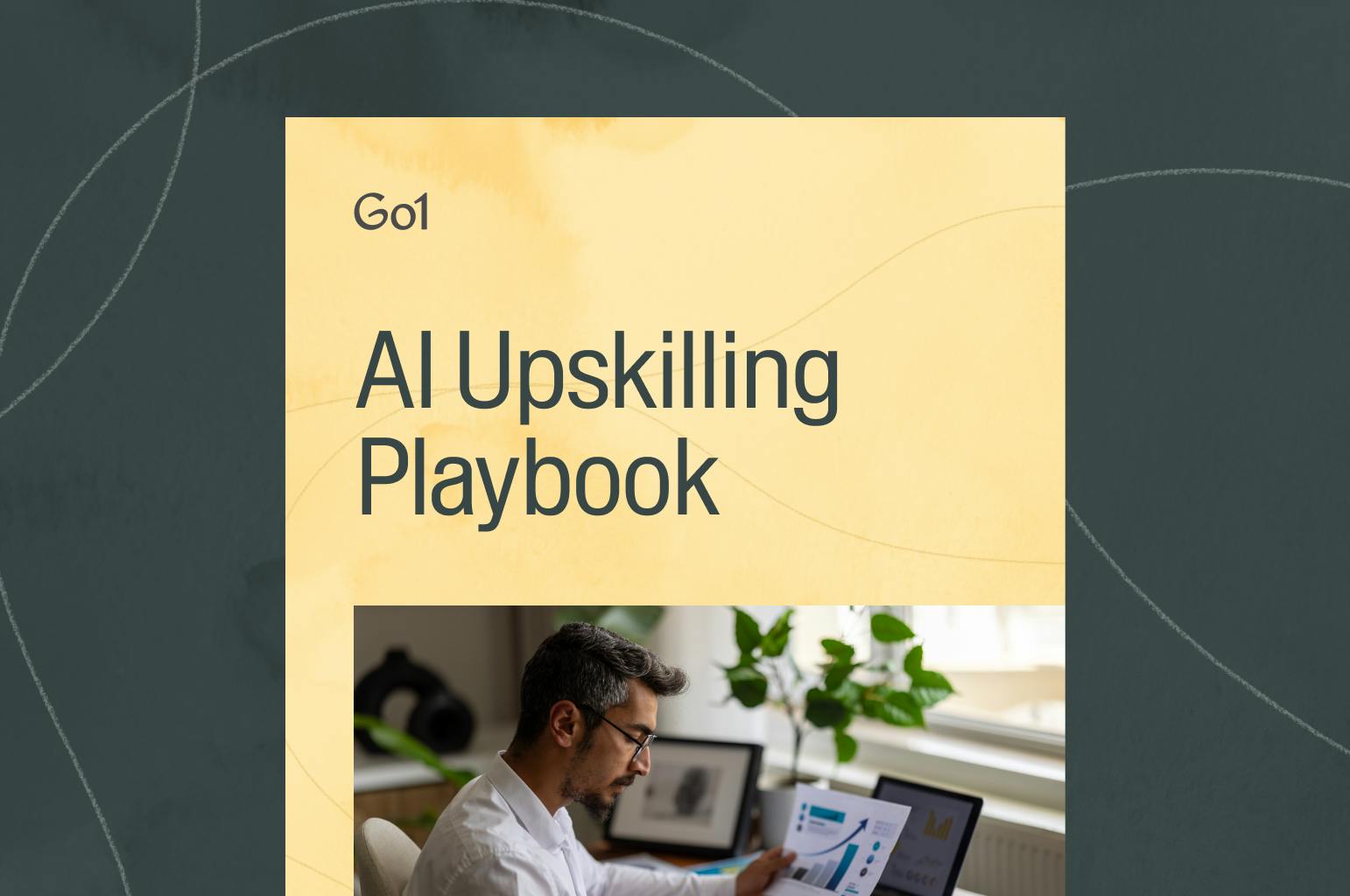Helping professional services teams adapt to new technology

In the whirlwind of technological changes affecting today's world of work, digital literacy has become paramount for professional services firms. As technology continues to redefine how we work, now isn’t the time to be a staunch supporter of the way things were. Instead, both organizations and employees must be willing to embrace change and learn the latest tech skills in this dynamic environment.
In this article, we'll explore the necessity of digital literacy in professional services, strategies for promoting digital literacy, and the hurdles organizations often face in adopting new technologies.
The evolving landscape of technology in professional services
Professional services technology is in a state of constant evolution, driven by advancements in fields like artificial intelligence, extended reality, cloud computing, cybersecurity, and data analytics. Firms that are quick to adopt these technologies will find themselves ahead of the game, offering clients better service, improved efficiency, and more innovative work.

But for those not yet literate on these topics, development training can help ensure organizations don’t fall behind competitors by creating learning paths for employees to grow their digital literacy on trending technology. Here are just a few of the many course topics you should consider adding to organizational learning programs.
Artificial intelligence (AI)
Artificial intelligence is changing how we create content, automate tasks, and make data-driven choices. And while we've probably all heard of ChatGPT by now, AI extends way beyond this particular resource.
With so many different kinds of AI tools out there, it's important that employees know what exists that can help them within their roles. Teams then need adequate training so they can integrate their tools of choice into their everyday processes. A marketing agency, for example, might upskill its employees in GenAI tools that can help them write faster, create visuals, and even generate voiceovers.
Extended reality
Extended Reality (XR) includes technologies like Augmented Reality (AR), Virtual Reality (VR), and Mixed Reality (MR). As XR adoption increases, clients may expect professional services firms to leverage these technologies for project delivery. Employees should be prepared to adapt their workflows and integrate XR tools where applicable to enhance service offerings.
For example, AR allows for real-time data visualization and remote collaboration. Imagine an architect using AR to showcase a building design to a client directly on the construction site. This elevates the client experience and enables both the employee and the client to make more informed decisions.
Cloud computing
Cloud-based solutions have transformed the way many of us work, offering the freedom to access tools, data, and applications from anywhere, at any time, and on any device. This flexibility has advanced collaboration, productivity, and agility, ultimately allowing you to provide exceptional service to clients.
For example, a law firm can leverage cloud-based legal practice management software, which provides a central location to securely store and share legal documents, manage client cases, and track billable hours. Lawyers can access these documents and collaborate with colleagues and clients remotely, regardless of location. Plus, cloud-based document review platforms can streamline the process of reviewing large volumes of legal documents, allowing lawyers to focus on higher-level tasks.
Today, many businesses are adopting hybrid and multi-cloud strategies, using a combination of public, private, and on-premises clouds. The ability to navigate these complex cloud strategies is becoming essential. Employees should be familiar with different cloud platforms — like Amazon Web Services (AWS), Microsoft Azure, and Google Cloud Platform (GCP) — and how to integrate them into their workflows for optimal performance.
Cybersecurity
Cybersecurity is a big deal, especially when you're handling sensitive client data. For instance, robust cybersecurity measures are essential in a financial services firm, where sensitive data like financial records and social security numbers are handled. The world of cybersecurity is constantly evolving, and professional services employees need to stay sharp to protect themselves, their clients, and their companies from inherent risk.
Cybercriminals are constantly refining their tactics to cause more damage and expose organizations. All employees, regardless of their role, need to be aware of the latest phishing scams and social engineering techniques to avoid falling victim.
Data and analytics
Data and analytics help teams evaluate information, spot trends, and make fact-based decisions. Importantly, data is no longer the sole domain of data scientists. Business intelligence tools; AI tools; and user-friendly interfaces, like social media analytics platforms, are making data analysis more accessible.
Employees should be proficient in these tools to extract insights from the data. A consulting firm, for example, could upskill their team in data and analytics so employees can give their clients more well-informed, research-backed guidance.

Building a technologically advanced team
Cultivating a work environment that champions continuous education on changing technologies will help your team adapt to today's digital landscape. But what does that look like in practice?
L&D should continually invest in comprehensive, ongoing programs that build employees' digital skills. Of course, this will include online courses and trainings, but you might also ask employees who are already experts on specific topics to host workshops and seminars. Consider looking to outside experts, too, by researching webinars on emerging technologies your firm is interested in pursuing and promoting the events within your organization. You might even share a monthly roundup of resources employees can use to build their technology skills.
Employees can also benefit from mentorship and coaching programs. Pairing more experienced professionals with those just starting out in the field can help individuals develop their skills and digital literacy from someone who already knows your organization well. Mentorship not only gives employees access to one-on-one support, but they'll also get to see technology in action within their specific role or team.
Finally, it's important to regularly gauge your organization's collective digital competency. You can do this by conducting learning needs assessments to pinpoint areas for development and tailor support to employee needs. We've got a detailed guide that will walk you through the learning needs assessment process, step by step.
Overcoming challenges to digital literacy adoption
One of the most significant hurdles in digital literacy adoption is the natural resistance to change that many feel. Mastering new technologies can be daunting, especially when those technologies will disrupt the processes employees are already comfortable with. To help ease this anxiety, organizations need to actively demonstrate how technology can streamline work processes and create new opportunities for personal and professional growth. When employees see technology as a tool for empowerment, rather than a threat, they're more likely to embrace it.

Employees might also be anxious about adopting new technology because they aren't comfortable with technology in general. For example, employees whose roles aren’t very tech-focused may face a steep learning curve when learning a new technological tool or system. L&D teams need to tailor their approach to bridge this gap. Consider offering different training options for different skill and experience levels. This way, employees who are apprehensive about technology get the in-depth training they need, while more tech-savvy employees don't have to spend unnecessary time learning information they already know.
If you encounter resistance from employees who simply don't feel they have the time to learn a new skill, try to work with team leads to carve out intentional learning time where employees can mute notifications and press pause on their day-to-day work. Consider offering microlearning that can be completed in just a few minutes at a time, rather than giving hours-long courses.
Fostering a culture of digital literacy
Creating a culture of digital literacy organization-wide means employees won't have to develop new skills in a silo. Here are just a few ideas to help you get started:
- Facilitate opportunities for collaboration, like group discussions or brainstorming sessions, to encourage employees to share their knowledge and learn from one another. This can also help break down any barriers or fears employees may have about asking for help or admitting they don't know something.
- Encourage experimentation and risk-taking by creating a safe and supportive environment where employees feel comfortable trying new things and learning from their mistakes. Don't forget to recognize and celebrate those who embody digital leadership and innovation!
- Lead by example and show your own openness to embracing new technologies. Train your L&D team members on a new tech tool, then find an opportunity to share how you've been using this tool.
By embracing digital literacy, you can empower your professional services team to drive transformative change and set your firm up for lasting success.
Learning made simple

Related Articles

Application Guide: How to use the Go1 AI for L&D Maturity Assessment to assess our workforce AI capability

AI upskilling made clear: A practical guide to building an AI-ready workforce

Go1 welcomes PepTalk

5 Data-Backed Insights Shaping the Future of AI in Workplace Learning

Train smarter, spend less
Train smarter,spend less
Connect with a Go1 expert to explore the best training options for your organization—no pressure, just solutions that work.